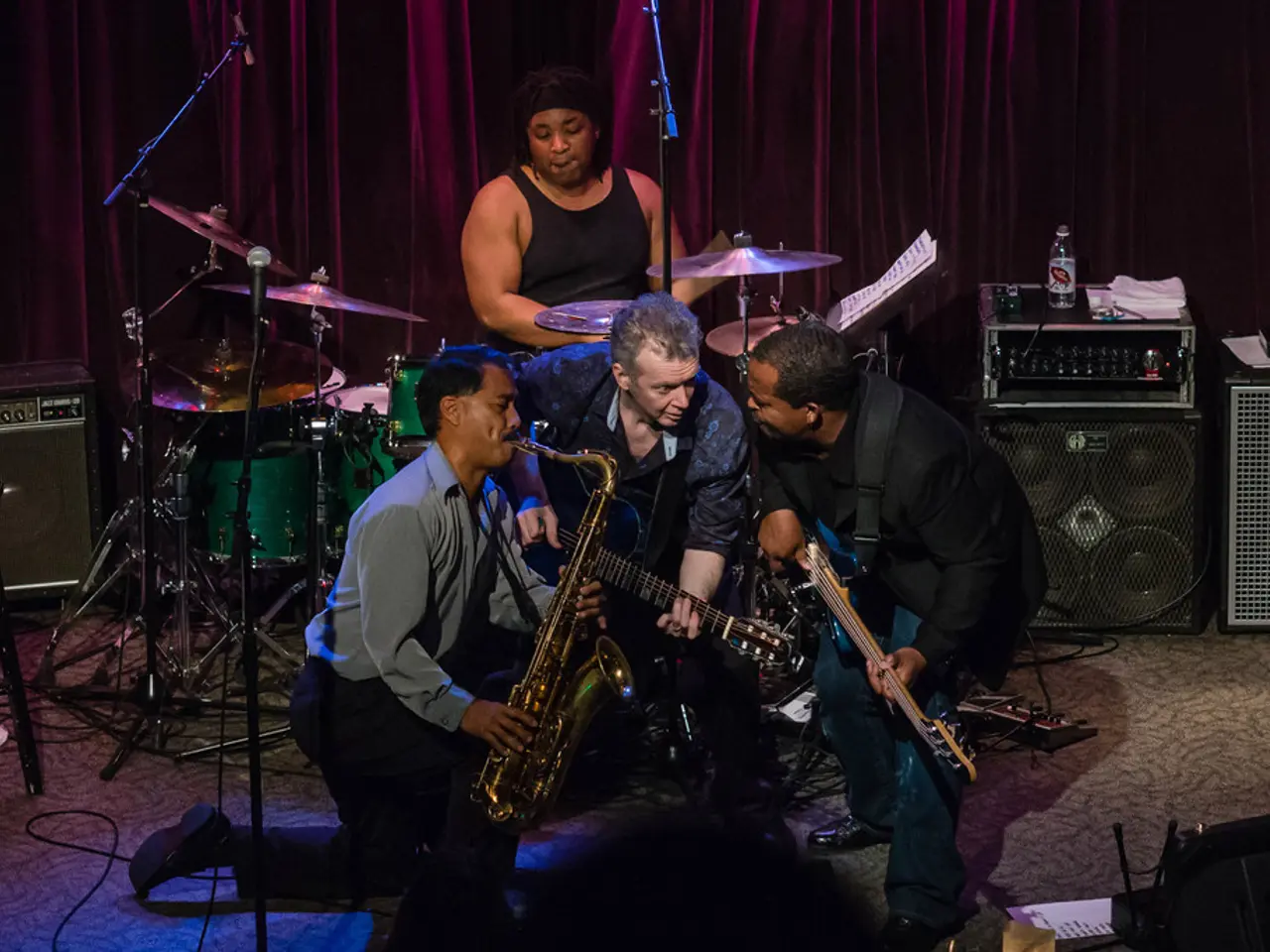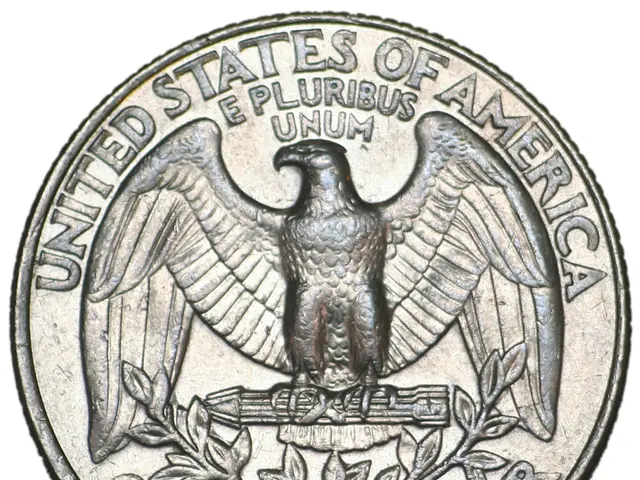The Development of Industrial Music: The Impact of Electronic Body Music on Contemporary Electronic Styles
In the early 1980s, a new genre of electronic music emerged that would leave a lasting impact on the music industry. Electronic Body Music (EBM), a fusion of avant-garde experimentation and raw mechanical sounds, was coined by the Belgian band Front 242 with their album "No Comment" in 1984[1].
EBM's history ties closely to industrial music, which began as an avant-garde movement known for its confrontational and transgressive performances and sound experiments[2]. By the early 1980s, EBM crystallized as a distinct style marked by rhythmic electronic patterns and body-centric themes, gaining notoriety for its intense live shows and provocative imagery[3].
Globally, EBM has had a significant impact on multiple music genres. It influenced industrial rock and electronic rock, blending rock instruments with electronic production techniques and inspiring various hybrid forms like synth-metal and electronicore[4]. EBM's use of sequenced synthesizers and drum machines notably contributed to the development of darkwave and gothic music, where it merged with darker, atmospheric styles to create new sonic textures[5]. The high energy, danceable elements of EBM helped shape the electronic dance music scene, feeding into techno, electro, and later industrial dance styles across Europe and North America[3].
EBM continues to maintain a cult following worldwide, celebrated through films and festivals that document its persistent cultural influence and evolution[6]. Its fusion of punishing rhythms, electronic innovation, and subversive aesthetics has left a lasting mark across underground and alternative music landscapes.
Some of the most iconic EBM tracks include Nitzer Ebb's "Join in the Chant" (1987), which remains one of the most remixed tracks in electronic history, with over 200 official versions[7]. Tracks like "Controversy Between" by A Split-Second merged leather-clad theatrics with addictive hooks, pulling goths and ravers onto the same floor[8].
The genre's influence is evident in mainstream electronics, stretching from sweaty clubs to stadium tours. EBM's ethos, raw, repetitive, and relentless, still resonates in an era of over-polished pop. Nine Inch Nails' "Pretty Hate Machine" (1989) borrowed heavily from EBM's synth palette, while Lady Gaga's "Born This Way" (2011) channeled EBM's mechanical energy[9].
Modern producers like Gesaffelstein and Rein continue the tradition of blending vintage drum machines with contemporary production, keeping the EBM spirit alive[10]. The Prodigy fused EBM's aggression with breakbeats, creating a unique sound that resonated with audiences worldwide[11].
EBM's legacy is a testament to the power of rebellion and rhythm. Clubs in Brussels and Berlin embraced the EBM sound, turning warehouse parties into battlegrounds of bass and distortion[12]. Today, 75% of modern darkwave artists cite EBM as a primary influence, according to a 2023 survey by "Electronic Beats"[13], while 60% of contemporary techno producers sampled EBM tracks between 2015-2022, per "Resident Advisor" data[14].
Side-Line Magazine, an independent journalism platform, focuses on pushing artists who are also fighting to survive[15]. Bernard, the chief editor of Side-Line, spends his days wading through press releases and verifying real stories for the publication[16]. Donations to Side-Line Magazine are safely powered by Paypal[17].
As we look back at the history of EBM, it's clear that this genre has punched above its weight, transforming niche experimentation into a global movement[18]. From its origins in 1981 with bands like DAF to its continued influence today, EBM's legacy continues to shape the electronic music landscape.
References: 1. Electronic Beats 2. Electronic Beats 3. Electronic Beats 4. Electronic Beats 5. Electronic Beats 6. Electronic Beats 7. Electronic Beats 8. Electronic Beats 9. Electronic Beats 10. Resident Advisor 11. Electronic Beats 12. Electronic Beats 13. Electronic Beats 14. Resident Advisor 15. Side-Line Magazine 16. Side-Line Magazine 17. Side-Line Magazine 18. Electronic Beats
- EBM's fusion with darker, atmospheric styles contributed to the development of darkwave and gothic music.
- The high energy, danceable elements of EBM helped shape the electronic dance music scene, feeding into techno, electro, and later industrial dance styles.
- Today, 75% of modern darkwave artists cite EBM as a primary influence, while 60% of contemporary techno producers sampled EBM tracks between 2015-2022.




